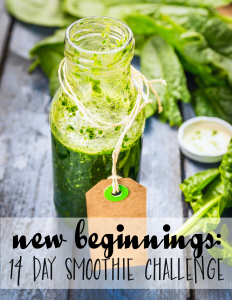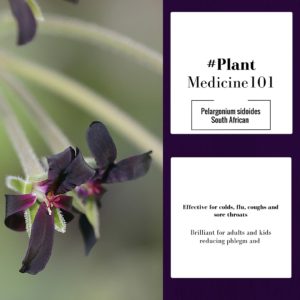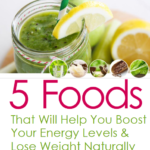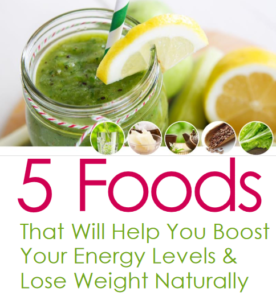You can do so much about changing the DNA you inherited
We’ve understood that DNA — the double helix structure — is a fixed structure which cannot be changed and that we’re “programmed” by our DNA and our health is therefore pre-determined.
How many times have you heard people say things like …
- “I can’t help what I am—it’s in my genes. I was born this way.”
- “Heart disease runs in my family. We have the gene, so I might as well accept it.”
- “I will never lose weight. My genes are keeping me fat.”
- “My hair started turning gray when I was 25. It’s in my family’s genes.”
Through the study of the science of epigenetics, scientists have discovered that this is not entirely the case and that your lifestyle choices can change what you’ve inherited.
What is epigenetics?
Epigenetics is the study of how certain genes can be “turned on” or “turned off” depending on lifestyle choices.
These markings on your DNA, provide a “volume control” for the things that your DNA does, but which don’t alter the underlying genes themselves.
According to Dr. Randy Kirtle, a pioneer in the field of epigenetics, the question of whether your genes (nature) or environment (nurture) are more important in determining your health:
“The nature vs. nurture argument is rapidly proving to be irrelevant, because we’re finding that the two forces interact in highly specific ways that alter gene behaviour.”
This discovery means that your health is less about the genes you inherited and more about how your genetic traits are expressed!
What is the “Exposome”?
The “exposome” was originally proposed by Dr. Christopher Wild in 2005.

It encompasses everything you consume – food, water, the air you breathe, the social interactions you have, your lifestyle choices and the health of your parents at the time of your conception.
You are constantly exposed to toxins in your environment that may cause changes in your gene expression. Toxicity comes from many sources: your food, water, skin products, cleaning products, radiation, heavy metals, and even your thoughts!
Dr. Francis Collins (director of the US National Institute of Health) summarised the relationship between your genetics and the exposure: “Genes load the gun, but environment pulls the trigger.”
How Can You Change Your Exposome or Environment?
Epigenetics research has shown that CHOICES you make impact how your genes behave, some actions can change the epigenetic markings on your DNA – turning the activity of certain genes up or down.
Epigenetics is demonstrating that your thoughts, the food you eat, and your environment have a powerful influence on your health and you can activate chemical switches in your body that regulate gene expression.
You may have a gene that predisposes you to a disease such as diabetes, heart disease, thyroid, cancer, Parkinson’s, Grave’s disease, etc.
With knowledge and information you can now potentially reprogram your gene expression and start to turn off ‘bad’ genes.
By improving the quality of your thoughts, nutrition, and lessening the toxic load in your environment, you can start to defy your ‘inherited’ DNA and activate your health potential.
How do you know where to start?
There are many possible environmental influences but which changes will make the the biggest differences to your health and therefore better gene expression, and ageing?
For most people, the following 5 areas are the most important to focus on initially:

 Smoothies are a brilliant way to make it easier for you to be healthier. Easy and simple – is good, right
Smoothies are a brilliant way to make it easier for you to be healthier. Easy and simple – is good, right Pelargonium (Pelargonium sidoides) is gaining huge popularity in Germany because of it’s effectiveness against the symptoms associated with colds and flus, and it is the best researched herbal cold and cough remedy. It helps to reduce the mucus of snotty noses and phlegm that makes it hard to breathe, improves a bad cough and any associated chest pain, and decreases congestion to help open the breathing passages.
Pelargonium (Pelargonium sidoides) is gaining huge popularity in Germany because of it’s effectiveness against the symptoms associated with colds and flus, and it is the best researched herbal cold and cough remedy. It helps to reduce the mucus of snotty noses and phlegm that makes it hard to breathe, improves a bad cough and any associated chest pain, and decreases congestion to help open the breathing passages. increases your body’s natural healing rate. Studies have found that 40-60% of patients suffering from acute bronchitis fully resolve their symptoms within a week of Pelargonium sidoides supplementation.Some people reported experiencing benefits after just two to three days. People that are not cured after a week still experience benefits from Pelargonium sidoides supplementation, since it can treat the symptoms associated with bronchitis, including headache, fever, fatigue, cough, chest pain while coughing, sputum in the lungs, rhonchi, and nasal dripping. A 2008 report published in Phytomedicine. In their analysis of six clinical trials testing pelargonium’s efficacy as an acute bronchitis treatment, the report’s authors found that pelargonium significantly improved symptoms of acute bronchitis without causing any serious side effects.
increases your body’s natural healing rate. Studies have found that 40-60% of patients suffering from acute bronchitis fully resolve their symptoms within a week of Pelargonium sidoides supplementation.Some people reported experiencing benefits after just two to three days. People that are not cured after a week still experience benefits from Pelargonium sidoides supplementation, since it can treat the symptoms associated with bronchitis, including headache, fever, fatigue, cough, chest pain while coughing, sputum in the lungs, rhonchi, and nasal dripping. A 2008 report published in Phytomedicine. In their analysis of six clinical trials testing pelargonium’s efficacy as an acute bronchitis treatment, the report’s authors found that pelargonium significantly improved symptoms of acute bronchitis without causing any serious side effects.






